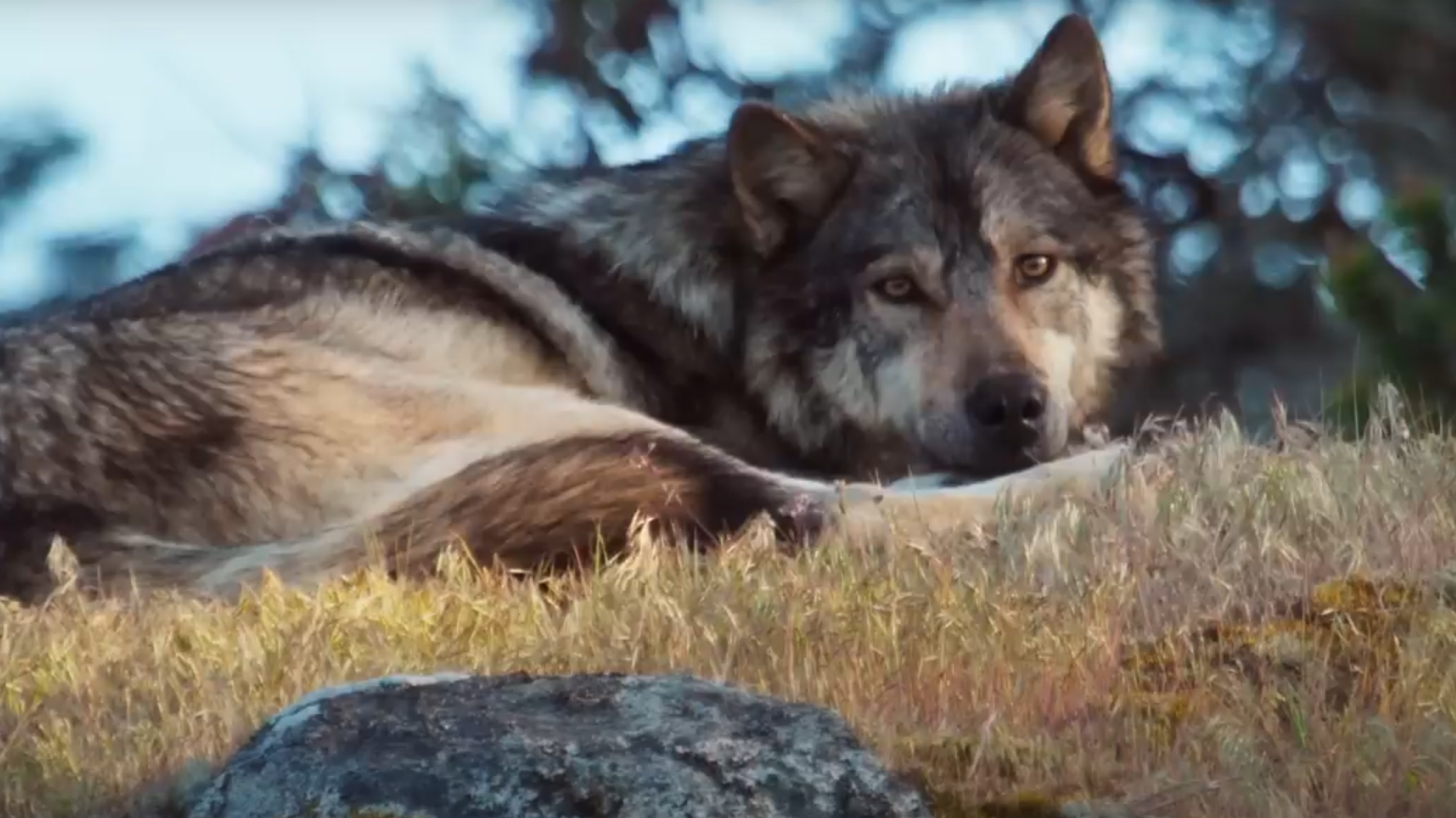
A conservation photographer said she was “horrified” to discover that an image she captured of a wolf in British Columbia, known as Takaya, had been used to advertise trophy hunting in the area.
Photographer Cheryl Alexander documented Takaya’s life in the 2019 documentary Takaya: Lone Wolf, and in a book of the same name that was released in September 2020, gaining global recognition.
Takaya was a 10-year-old sea wolf who lived alone, among a small group of islands in British Columbia, Canada, before he was shot and killed by a hunter on March 24 2020.
According to Outdoor Life, the hunting company Terminus Mountain Outfitters hired a web developer who used the famous image of Takaya on the page outlining its wolf-hunting services.
At one point recently, according to Google, the company was listed as “permanently closed”. However, its website suggests it was still running hunting trips as recently as this month, to kill animals including moose, black bears, elk, mountain goat and caribou. The page detailing wolf hunting has been taken down.
The owner of Terminus told the The Guardian that he didn’t mean to “offend” anyone with the image, and claimed he knew nothing of the wolf's story. He claims the images were removed on July 29.
“Unfortunately, because of the media attention we are now getting emails that are threatening and quite angry when we had nothing to do with the live pictures chosen. We are a legal family-run business.”
Alexander told the Guardian: “I was shocked and a bit horrified. And it really pissed me off that a company was using Takaya as an advertisement to come up to Canada and kill a wolf. It hurt too because Takaya has become, in many ways, an international image for positive coexistence with humans.”
Takaya’s story captured the attention of the world in 2019 when Alexander, the official spokesperson for the wolf, shared her documentary.
After leaving his pack at two years old in 2012, he traveled over 25 miles through urban and rural areas, swimming almost two miles through strong currents where he settled on a small archipelago, off the southeastern tip of Vancouver.
Attempts to relocate him to a more remote place by conservation officers were rebuffed by the Songhees First Nation government of the indigenous Songhee people, who maintain the stewardship of land in the area.
Takaya learned skills like catching and skinning seals, and digging for fresh water during periods of drought, leading scientists to say that he was pushing the boundaries of what they believed was ecologically possible.
After leaving the island in January 2020 for unknown reasons, he was tranquilized when spotted in the high-density area of James Bay in Victoria, and relocated to an undisclosed location by conservation officers.
In March 2020, Takaya was shot and killed by a hunter roughly 30 miles from where he was relocated. He has since been the subject of many artistic tributes, and his story has been used in campaigns to stop the recreational killing of wolves in British Columbia.
Take look at our guides to the best cameras for wildlife photography, and the best trail cameras.







